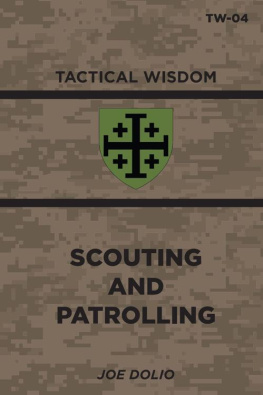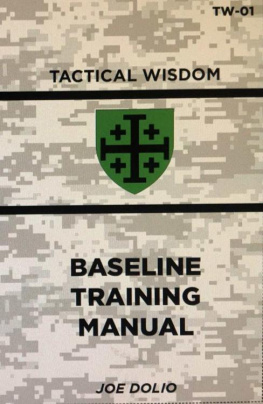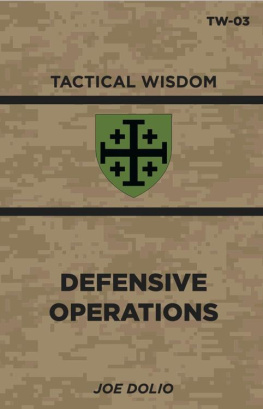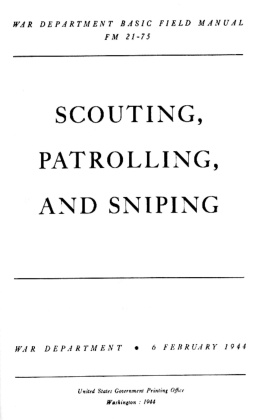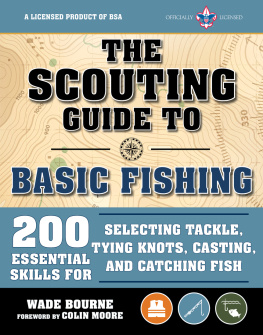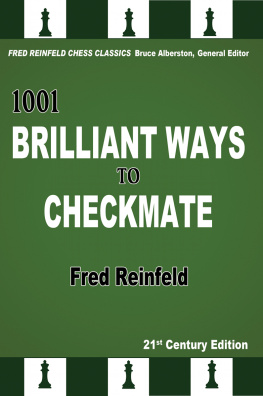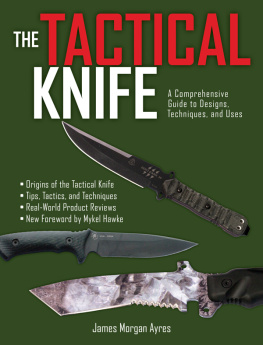TACTICAL WISDOM
SCOUTING
AND
PATROLLING
TW-04
Tactical Wisdom
www.tactical-wisdom.com
COPYRIGHT 2022 Joseph W Dolio
All Rights Reserved
ISBN-13: 9798840744598
Cover Art: Andrew Dolio
SCOUTING
AND
PATROLLING
TACTICAL WISDOM SERIES
TW-04
JOE DOLIO
Copyright 2022. All rights reserved. No part of this publications may be reproduced in any form, or by any means, electronic or mechanical, including photocopying, recording, or any information browsing, storage, or retrieval system, without express permission in writing from the author.
The information contained in this book does not constitute legal advice and should never be relied on as such. Consult with an attorney or other legal professional in your local area.
The information in this book is provided for informational purposes only. Your use of the information in this book is at your own risk.
Bible References are from the NIV, unless otherwise noted.
Preface
Joshua, the son of Nun, sent two men secretly as spies, saying. Go, view the land, especially Jericho.
Joshua 2:1a
Imagine a world without the instantaneous information warehouse that you carry in your hand today. Without the ability to know what is going on locally, statewide, nationally, and internationally in seconds with the touch of a button. A world where if you want to know what is happening downtown, youll have to go and look for yourself.
This is the Without Rule of Law world we quickly find ourselves hurtling towards at full speed. World tensions and the socio-political environment mean that conflict is more likely than not in the near term, and that conflict will involve the destruction or degradation of the electrical grid and international networks. We dont have to like it, we just have to know that its possible, and indeed probable.
In this environment, we cant just withdraw into our bug out location or bug-in location, shut out the world, and hope to be left alone. Thats a strategy for failure and nothing good will come of it.
In Volume 1, the Base Line Training Manual, we discussed the basic skills and gear everyone needs to survive, along with how to organize and train your group. Next, in Volume 2, Fieldcraft, we learned the basic skills to move and survive, and camp securely in a hostile environment. After that, in Volume 3, Defensive Operations, we learned how to defend our main location from any hostile force that came to our gates and how to conduct local security operations.
In this volume, we will discuss how to conduct a coordinated campaign to gather information and deal with threats as far away from us as we can. Id rather handle a hostile force 5 miles out, than on my perimeter.
We do this by developing Scouting and Patrolling skills. The idea for this manual comes from my time in the US Marine Corps where they have a manual titled Scouting and Patrolling for Infantry Units which is geared toward the small unit. They update it every few years, and while it still contains solid individual skills, like everything else, its become technology dependent (GPS) and the drills and procedures rely on having the massive logistical tail of the US Military. For example, when you and I encounter a large opposing force while scouting, we cant just call in artillery or an airstrike. We cant just set up a strongpoint and wait for a relief column.
I decided, after considering those factors, to break down the scouting and patrolling skills of US forces, Commonwealth (UK/AUS/CAN) forces, and other NATO forces into skills and drills that a civilian self-defense group can execute, without a large logistical tail or outside support.
Before we do that, lets discuss the history of Scouting & Patrolling in Western Military forces.
In the US, the first dedicated manual was written during World War 2 by Col. Rex Applegate. Prior to World War 2, wars were fought by large units massing on the field and charging each other. Towards the end of World War 1, the German forces began to focus on squad and platoon sized patrols to find weaknesses in enemy front lines. The Japanese, on the other hand, focused primarily on patrolling in squad sized elements to find openings to exploit and then massing at that point.
As the US had no experience, a crash training program began with Col. Applegate leading the way. During the time it was being developed, US Marine Corps General A.A. Vandegrift, facing the Japanese while stranded on Guadalcanal, made a statement that has shaped US doctrine ever since:
My message to the troopsin training for this type of warfare is to go back to the tactics of the French and Indian days. This is not meant facetiously. Study their tactics and fit in our modern weapons, and you have a solution. I refer to the tactics and leadership of the days of ROGERS RANGERS.
General Alexander Archer Vandegrift, USMC
Gen. Vandegrift, who later went on to be the first 4-Star General to be Commandant of the Marine Corps, also founded the Scout/Sniper programs that are now so integral to the USMC. His quote here also led to the re-establishment of the Rangers in the US Army.
When Gen. Vandegrift created the Scout/Sniper program, he instructed his subordinate commanders to seek out the hunters and outdoorsmen among their units. These men already had the critical movement and scouting skills down, they just needed to add the reconnaissance element and military reporting.
As always, what is old is new again. During the Global War On Terror (GWOT), the USMC, after decades of preparing for a peer-level fight with the highly mechanized Soviets that never came, found itself in the same position that it did in 1942. A Marine expeditionary force was fighting an elusive enemy who fought in the old ways of ambushes and sniping, not the high-tech new ways of mobile armored tank battles. Gen. Mattis in Nasiriyah found himself in the exact same position that Gen. Vandegrift was in on Guadalcanal. Again, the USMC went to hunters and outdoorsman and created the new Combat Hunter program.
From the Commonwealth perspective, the transition from large-scale set piece battle began with a young Captain in the British Army during the First Boer War. Captain Robert Baden-Powell and his company faced the Boers, who refused to stand up in the orderly lines and fighting order that were common in that time. The Boers relied on patrolling, scouting, and ambushes, refusing to offer a good target for massed fires and decisive engagements.
After the First Boer War and in the lead up to the Second Boer War, in 1891, young Captain Baden-Powell wrote Reconnaissance and Scouting, meant as a guide for British Forces in South Africa, to fight the Boers. As we discussed in TW-02, Fieldcraft, Baden-Powells experiences in the Second Boer War motivated him to create the Boy Scout movement, teaching outdoors and scouting skills to young men.
In our role as civilians interested in preparedness and defending our group or local area, we will have to use these same skills. We wont have the ability to call in airstrikes, to dig in and wait for additional forces, or call our on-call artillery team to get us out of trouble. We need to break down our training into the skills of the Boer War and the French & Indian War, in order to survive.
In this volume, we will discuss patrol organization, basic patrol tactics, individual day and night scouting skills, advanced (yet low-tech) land navigation, types of patrols, and other skills related to scouting and patrolling. We will remove all the doctrinal big-military topics from most similar manuals like writing operations orders and the like. We want to focus on what you can use, not what you cant.
Lets begin by discussing why these skills are important. In a WROL situation, you cant just call for help and have the police arrive in under 20 minutes. You will have to handle whatever comes your way. By actively running a Scouting and Patrolling program, you will have a better picture of what is happening around you.
Next page
